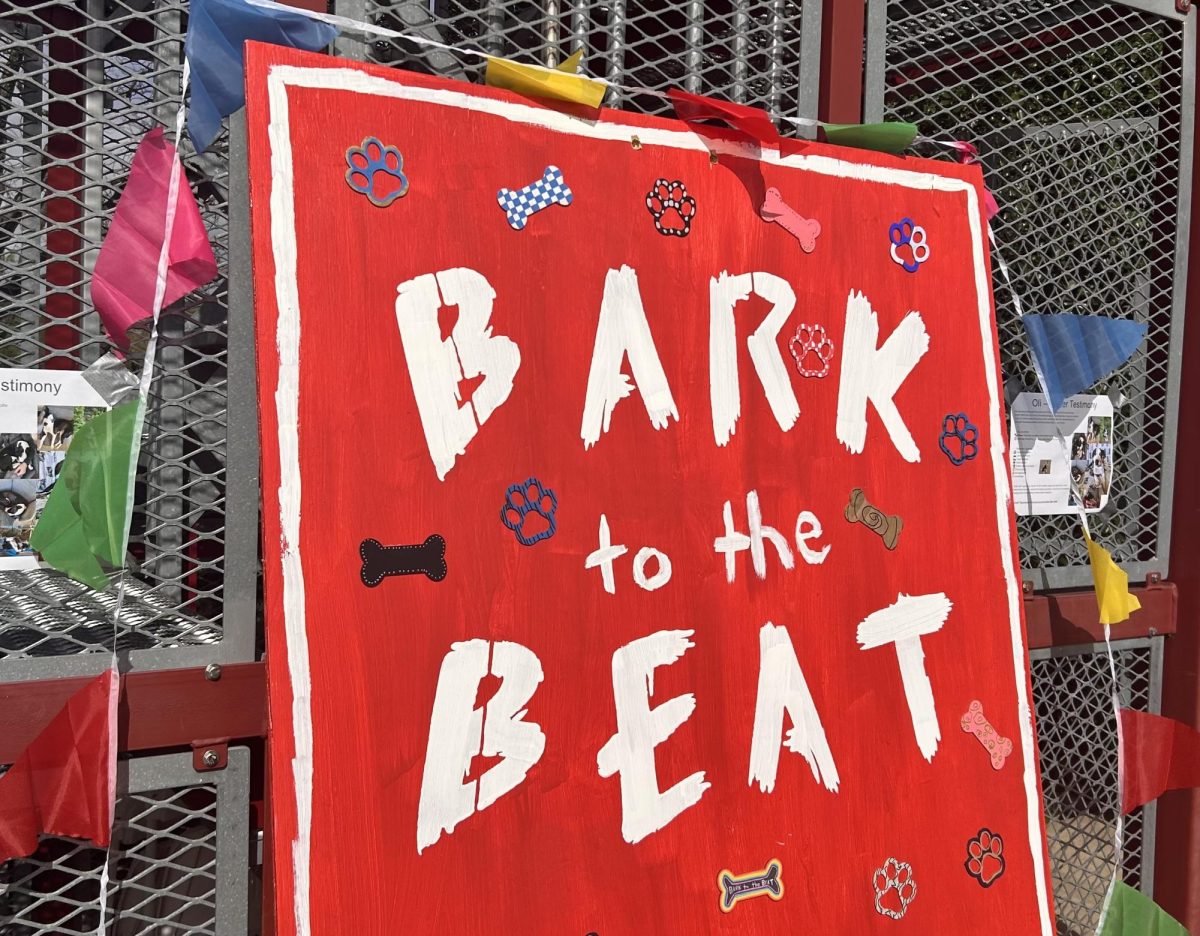It’s late at night or maybe even the wee hours of the early morning. All that’s on TV are infomercials for Magic Bullets and instant hair removal. You’re deciding whether to move on to the next episode of whatever show you happen to be binge-watching on Netflix or escape the dull glow of your laptop and go to bed, when all of a sudden you realize you’re starving.
You stumble over to the kitchen to find something to eat. You open and close the refrigerator door several times before moving on to the pantry. You open the pantry door, and it hits you. You know what you want. You want a big bowl of Cap’n Crunch with ice-cold skim milk.
Or at least that’s what I want. You might switch the Cap’n Crunch out for Cinnamon Toast Crunch and the skim milk out for 2 percent, but, any way you look at it, there’s no denying – cereal is America’s most popular late night snack and arguably America’s favorite food.
The history of cereal dates all the way back to 1863 when Dr. James Jackson invented the first ready-to-eat, grain-based breakfast food, Granula, to promote America’s growing vegetarian movement. Shortly after, renowned health guru and surgeon Dr. John Kellogg (yes, the same Kellogg who makes Froot Loops and Frosted Flakes) began serving his version of Granula, called granola, at his health retreat. Eventually the food caught on, and suddenly everyone was producing their own versions of Kellogg’s granola, which would later become cereal. By 1911, there were more than 107 different brands of corn flakes being sold in the town of Battle Creek, Mich., alone.
According to research by the NPD Group, a market research company, as of 2012, 92 percent of American households purchased cereal at least once a year, making cereal the fourth most sold packaged good in U.S. retail stores. Cereal sales reached more than $7.7 billion, and a total of 2.7 billion boxes of cereal were sold. Grocery stores on average carry 30 different types of cereal, but the possibilities in the cereal department are truly endless. To put things in perspective, you could eat a different type of cereal every day for a year and never have to eat the same one twice.
It’s not just the perfectly crunchy, sweet taste of cereal or its ubiquity as a staple on everyone’s kitchen table that make it so irresistible. Cereal has found its way into our homes and done nothing short of infiltrating every part of our daily lives. You know how there are often cereal commercials when you’re watching your favorite cartoons? Those shows don’t just happen to advertise for cereal. Ad man Leo Burnett created television programs and characters such as Yogi Bear and Fred Flintstone specifically to sell cereal. Today cereal companies are still the second-largest advertiser on television.
America is so obsessed with cereal that we’ve started devoting entire restaurants solely to cereal. “R U Cereal?” in Albuquerque, N.M., offers an all-you-can-eat cereal bar with more than 25 varieties of name–brand cereals and even more toppings, from fresh fruit to chocolate to nuts and everything in between. At “Cereality: Cereal Bar and Cafe” in Richmond, Va., customers choose their cereal and toppings and watch as cereologists put their creations together in a cardboard container a la your favorite Chinese take-out restaurant.
Personally, I think cereal bars are a fairly useless concept and total waste of money. I can’t justify paying $5.99 for an all-you-can-eat cereal bar, when I could just buy a couple boxes on sale at Wal-Mart for the same price and enjoy several bowls from the comfort of my own home. Despite the witless fad known as the cereal bar, cereal has remained in my top five favorite foods for as long as I can remember, and there are no signs of that changing any time soon, especially when I can take a BuzzFeed quiz that answers the age old question: If you were a cereal, which cereal would you be?








